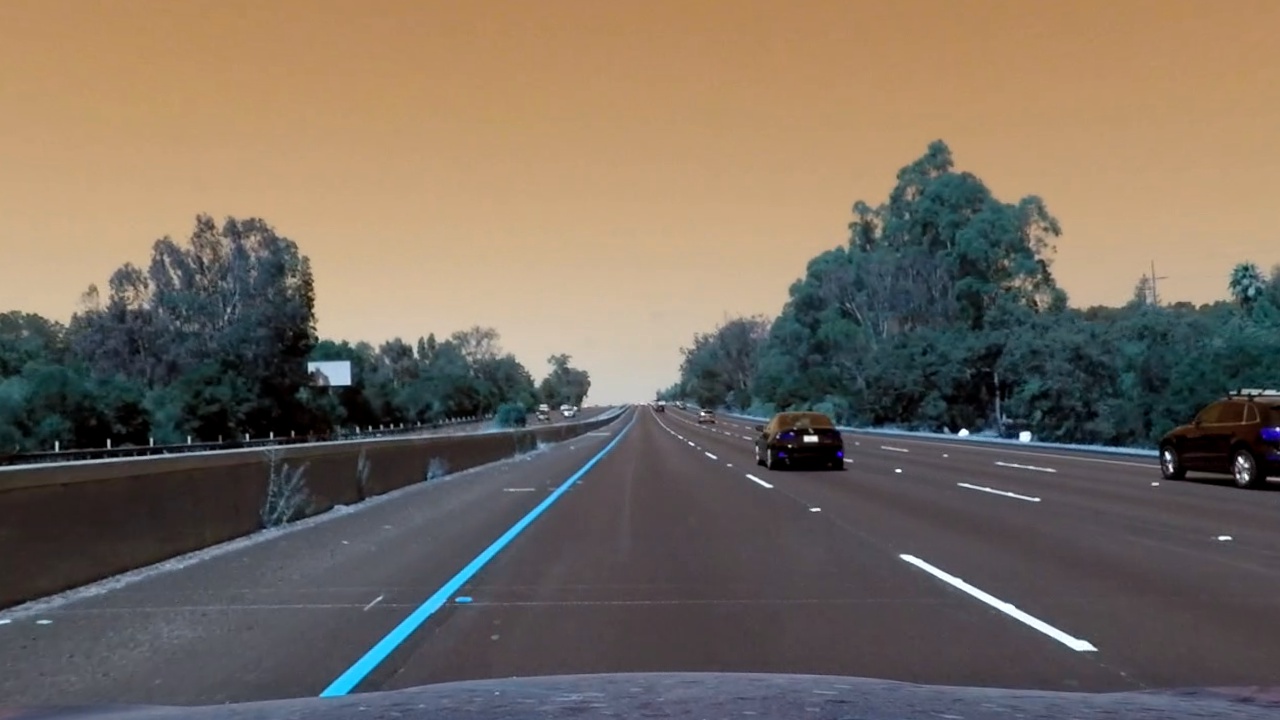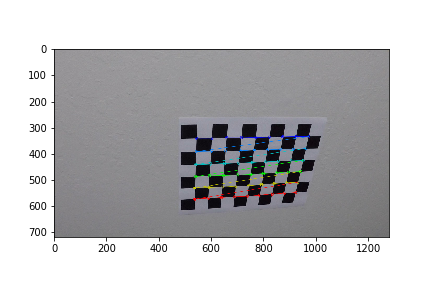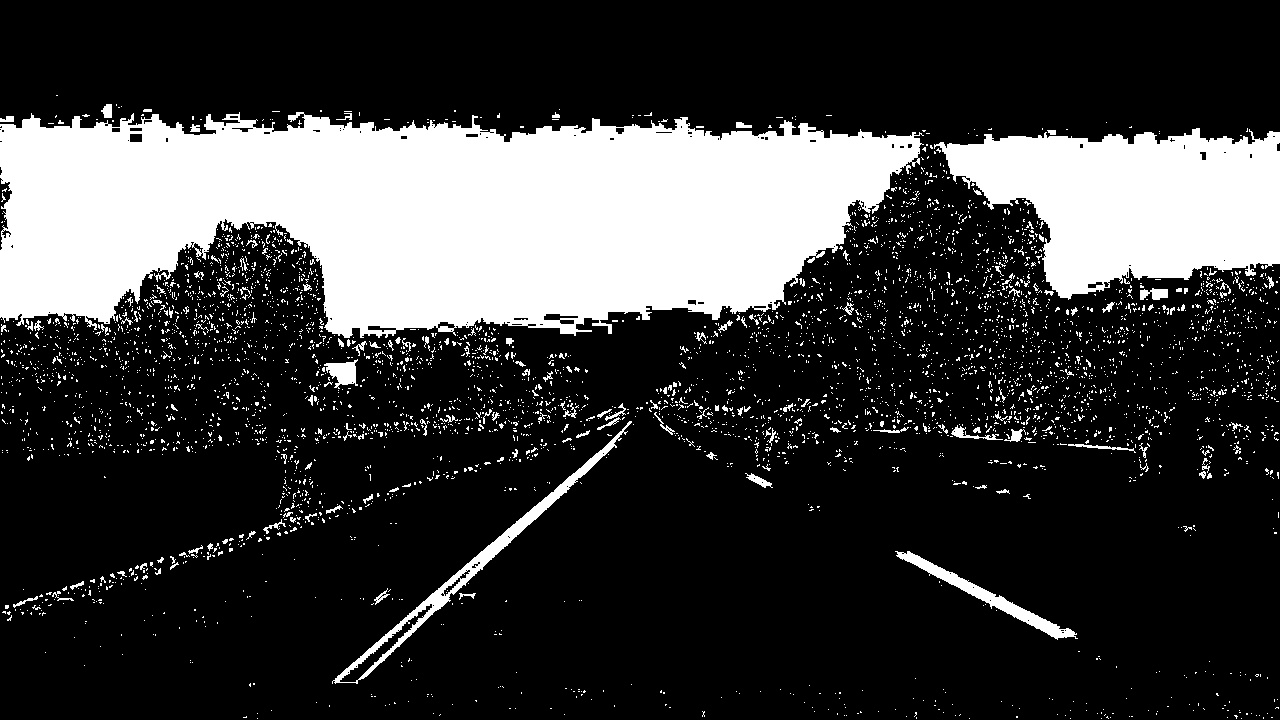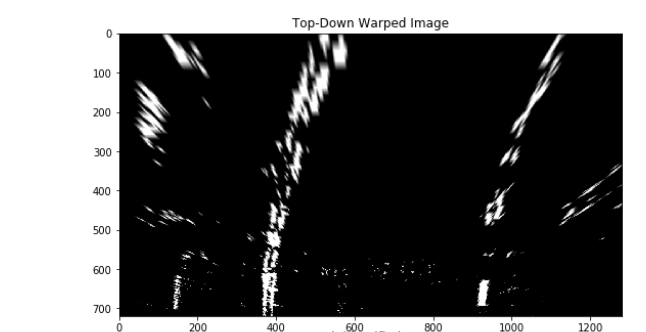Writeup Template
You can use this file as a template for your writeup if you want to submit it as a markdown file, but feel free to use some other method and submit a pdf if you prefer.
Advanced Lane Finding Project
The goals / steps of this project are the following:
- Compute the camera calibration matrix and distortion coefficients given a set of chessboard images.
- Apply a distortion correction to raw images.
- Use color transforms, gradients, etc., to create a thresholded binary image.
- Apply a perspective transform to rectify binary image ("birds-eye view").
- Detect lane pixels and fit to find the lane boundary.
- Determine the curvature of the lane and vehicle position with respect to center.
- Warp the detected lane boundaries back onto the original image.
- Output visual display of the lane boundaries and numerical estimation of lane curvature and vehicle position.
Rubric Points
Here I will consider the rubric points individually and describe how I addressed each point in my implementation.
Camera Calibration
1. Briefly state how you computed the camera matrix and distortion coefficients. Provide an example of a distortion corrected calibration image.
The code for this step is contained in the first code cell of the IPython notebook located in "./examples/example.ipynb" (or in lines # through # of the file called some_file.py).
I start by preparing "object points", which will be the (x, y, z) coordinates of the chessboard corners in the world. Here I am assuming the chessboard is fixed on the (x, y) plane at z=0, such that the object points are the same for each calibration image. Thus, objp is just a replicated array of coordinates, and objpoints will be appended with a copy of it every time I successfully detect all chessboard corners in a test image. imgpoints will be appended with the (x, y) pixel position of each of the corners in the image plane with each successful chessboard detection.
I then used the output objpoints and imgpoints to compute the camera calibration and distortion coefficients using the cv2.calibrateCamera() function. I applied this distortion correction to the test image using the cv2.undistort() function and obtained this result:
Pipeline (single images)
1. Has the distortion correction been correctly applied to each image?
To demonstrate this step, I will describe how I apply the distortion correction to one of the test images like this one:

2. Has a binary image been created using color transforms, gradients or other methods?
I used a combination of color and gradient thresholds to generate a binary image (thresholding steps at lines # through # in another_file.py). Here's an example of my output for this step. (note: this is not actually from one of the test images)
3. Has a perspective transform been applied to rectify the image?
The code for my perspective transform includes a function called warper(), which appears in lines 1 through 8 in the file example.py (output_images/examples/example.py) (or, for example, in the 3rd code cell of the IPython notebook). The warper() function takes as inputs an image (img), as well as source (src) and destination (dst) points. I chose the hardcode the source and destination points in the following manner:
src = np.float32([[img.shape[1]*(.5-mid_width/2), img.shape[0]*hight_pct],
[img.shape[1]*(.5+mid_width/2), img.shape[0]*hight_pct],
[img.shape[1]*(.5+bot_width/2), img.shape[0]*bottom_trim],
[img.shape[1]*(.5-bot_width/2), img.shape[0]*bottom_trim]])
dst = np.float32([[offset, 0],
[img_size[0]-offset, 0],
[img_size[0]-offset, img_size[1]],
[offset, img_size[1]]])This resulted in the following source and destination points:
| Source | Destination |
|---|---|
| 588.8, 446.4 | 320, 0 |
| 691.2, 446.4 | 960, 0 |
| 1126.4, 673,2 | 960, 720 |
| 143.6, 673.2 | 320, 720 |
I verified that my perspective transform was working as expected by drawing the src and dst points onto a test image and its warped counterpart to verify that the lines appear parallel in the warped image.
4. Have lane line pixels been identified in the rectified image and fit with a polynomial?
Then I did some other stuff and fit my lane lines with the gradient of each sliding window kinda like this:
5. Describe how (and identify where in your code) you calculated the radius of curvature of the lane and the position of the vehicle with respect to center.
I did this in end of mean_process function my code in project_main.ipynb
6. Provide an example image of your result plotted back down onto the road such that the lane area is identified clearly.
I implemented this step in my code in project_main.ipynb in first few lines in the function main_process(). Here is an example of my result on a test image:
Pipeline (video)
1. Provide a link to your final video output. Your pipeline should perform reasonably well on the entire project video (wobbly lines are ok but no catastrophic failures that would cause the car to drive off the road!).
Here's a link to my video result
Discussion
1. Briefly discuss any problems / issues you faced in your implementation of this project. Where will your pipeline likely fail? What could you do to make it more robust?
One problem I observe in this project is when the line in very bright sunlight or in connection of shadow and light, the grandient method may bent line to other side at the end of vision. I think the color binary transformation can do better job. I do not have time to try other methor or onther color space.




